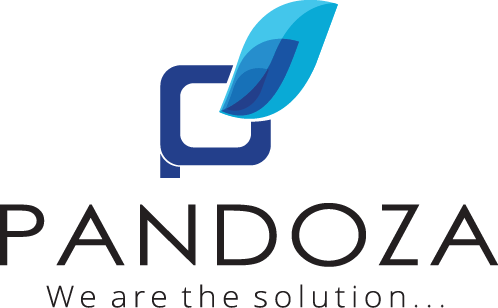Introduction: On-page SEO optimization plays a crucial role in improving website rankings and visibility on search engine result pages (SERPs). By implementing effective on-page SEO techniques, you can enhance your website’s relevance, user experience, and overall search engine performance. In this blog post, we will explore key on-page SEO optimization techniques that can help boost your website’s rankings and drive organic traffic.
-Keyword Research and Placement:
Conduct comprehensive keyword research to identify relevant and high-value keywords for your content Strategically place keywords in the page title, meta description, headings, and throughout the content Optimize URL structures by including targeted keywords
-High-Quality and Engaging Content:
Create unique, informative, and valuable content that meets the needs of your target audience Incorporate relevant keywords naturally into the content, without overstuffing Use headers, bullet points, and formatting to enhance readability and user experience
-Optimized Page Titles and Meta Descriptions:
Craft compelling page titles that accurately reflect the content and include primary keywords, Write persuasive meta descriptions to entice users to click on your search engine listing Keep titles and meta descriptions within recommended character limits
-User-Friendly URL Structure:
Use descriptive and keyword-rich URLs that accurately represent the page content Ensure URLs are concise, readable, and free of unnecessary parameters or numbers Implement proper URL redirects for any changed or removed pages
-Header Tags and Content Structure:
Organize content using appropriate header tags (H1, H2, H3, etc.) to indicate content hierarchy Use header tags to highlight key sections and incorporate relevant keywords Structure content logically with paragraphs, subheadings, and bullet points for readability
-Image Optimization:
Optimize image file names by using descriptive keywords Compress images to reduce file size and improve page load speed Add alt tags to images for accessibility and keyword optimization
-Internal Linking:
Include internal links within your content to guide users to relevant pages on your website Use descriptive anchor text that accurately describes the linked page Ensure a logical and hierarchical structure for internal linking
-Mobile-Friendly Design:
Optimize your website for mobile devices to provide a seamless user experience Ensure responsive design, fast loading times, and mobile-friendly navigation Use Google’s Mobile-Friendly Test to identify and address any mobile usability issues
-Page Speed Optimization:
Optimize page load speed by minimizing file sizes, leveraging browser caching, and using content delivery networks (CDNs) Compress CSS and JavaScript files to reduce load times Optimize images and implement lazy loading techniques
-Schema Markup:
Implement structured data markup (schema.org) to provide search engines with additional context about your content Use schema markup to enhance rich snippets, such as ratings, reviews, and product information Test the validity of your schema markup using Google’s Structured Data Testing Tool
Conclusion: By implementing these on-page SEO optimization techniques, you can improve your website’s visibility, rankings, and user experience. Remember to regularly monitor and analyze your website’s performance, and make adjustments based on search engine algorithm updates and user feedback. With a well-optimized on-page SEO strategy, you can drive organic traffic and achieve better search engine rankings for your website.






